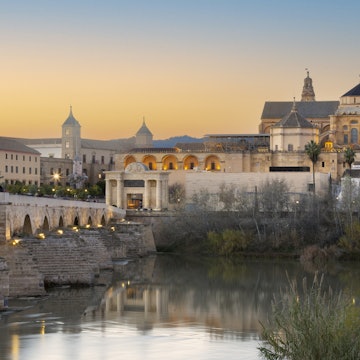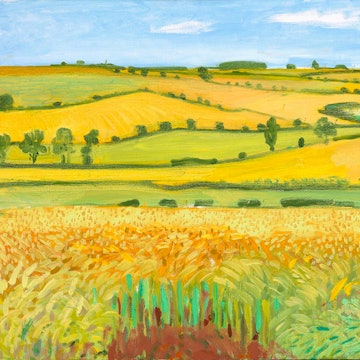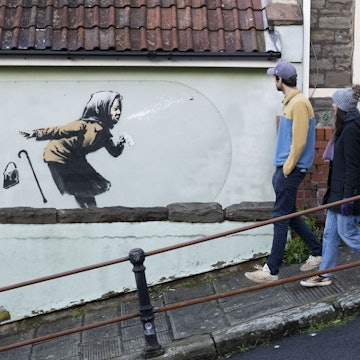
Hajj Diaries: my arrival in Saudi Arabia and the question of hardship

Aug 9, 2019 • 5 min read

In the second instalment in Lonely Planet writer Tharik Hussain’s Hajj diaries, he guides us through his family’s experience as they leave England for Saudi Arabia and start to prepare for his first performance of this ancient Islamic ritual. You can read the first instalment of Tharik’s Hajj diaries here to learn how his invitation to the Hajj came about in 2019 and what made him decide this was the year he wanted to take part.

The arrival and the hardship
‘If you ask a hundred people what this means to them, everyone will say something different to you,’ said Sheikh Suleiman as he pushed my aunt’s wheelchair. Born in Uganda and educated in Medina, our guide for the Hajj was a tall, handsome man with a warm smile. When he walked it was with the kind of grace and dignity I had seen earlier in the stride of tall Nigerians and in the shuffle of older Yemenis as they circled the Kaaba. Our group of six Hajjis – two in wheelchairs – were the second group the Sheikh had led through the umrah rituals that day, each one taking nearly four hours. It was a wonderful privilege to have him all to ourselves and now, as we headed out of the world’s largest mosque, he wanted to know what the Hajj meant to me.
There were many meanings, I said, but one of the most beautiful is the unity. Living in England, I was used to being around people from all over the world, but here, I explained, I felt a special connection to the broad-shouldered Afghan thumbing his tasbiyyah (prayer beads); I understood why the tears flowed from the eyes of the wispy bearded Indonesian; and I too wanted the niqab-wearing Saudi woman’s prayers to be answered. The pinnacle and most visually striking example of this unity is the tawaf – an essential feature of the Hajj – where seemingly disparate individuals move in unison as one around the symbol of God’s oneness, the Kaaba.

The different options for performing the Hajj
There are three ways most people perform the Hajj: Qiraan, Thamattu and Ifraad. We were performing Hajj Thamattu, which meant entering a state of purity, ihram, first to complete umrah, then coming out of it for a few days, and then again assuming ihram ahead of the Hajj proper on the 8th day of the Islamic month of Dhu’l Hijjah.
Our journey thus far had been a surprisingly smooth one. Despite an industrial strike at London’s Heathrow airport threatening chaos, we arrived to find our flight on schedule and a terminal so quiet it was eerie. Check-in and security took less than an hour. The Hajjis in our group, including my mother, saw this as divine intervention. ‘It’s the quietest I’ve ever known it,’ said Tristan, a Heathrow assistant from Goa, sensing my amazement. The serenity followed us onto the plane.
Apart from one individual who forgot to bring his two white sheets into the plane to assume ihram onboard – the eventual rescue by someone carrying a spare set was also attributed to a higher power – the flight passed with little incident. Once the pilot announced we were flying over the station for assuming ihram, the cabin, now filled with men wearing only two white sheets, and women in their chosen attire, made their intentions and began loudly announcing their arrival: 'Here I am! O Allah! Here I am at Your service! Here I am at Your service', we chanted in rhythmic unison over and over again.

Our small family group consisted of my mother, my aunt (her twin) and her son, Rafique. Our mothers were already Hajjis and were performing these in lieu of those that had passed on. My mother was doing the Hajj for their late father and my aunt, for her late son. As we left the plane to board the shuttle buses in the relative cool of the Saudi night, both of them reminded us of the many hours they had spent standing in the scorching desert sun with our fathers at this very airport the last time they were here. We all wondered what awaited us this time.
The bus pulled up at a terminal even emptier than the one at Heathrow. Entering the cool air-conditioned immigration area, a Saudi wearing a red-and-white keffiya and igal bowed and said, ‘Assalamu alaikum, welcome to Saudi Arabia.’ I wondered if we were in the wrong place.
With only passengers from our plane making up the queues, the necessary pictures and thumbprints took almost no time and soon we found ourselves in an equally relaxed arrivals hall. Men in white sheets meandered past towards the terminal’s mosque to pray in congregation, others queued politely to exchange money, and some headed for a coffee bar. No one had lost their luggage – just a wheelchair momentarily – and we had all been treated with dignity and respect at immigration. A mere two hours after stepping off Saudi Air flight SV112, we were watching the bright lights of Jeddah disappear behind us as our coach turned onto the highway leading to Islam’s holiest city.

We had experienced none of the horrors of arriving in Saudi Arabia during the Hajj that are legend in almost every Muslim family and it all felt rather surreal. My mother and the Hajjis again saw divine intervention.
Tomorrow we leave for the pilgrimage proper when we’ll be camping in the mountains surrounding Mecca to engage in ancient rituals. In doing so, we will experience another meaning of the Hajj: connecting with the great prophets, from Muhammad, through Ibrahim, all the way back to Adam and Eve. However, this will be done alongside an estimated 2.5 million Hajjis, creating yet another great display of the Hajj’s famous oneness, and another meaning for the Hajj, one I hadn’t yet experienced when the Sheikh questioned me: hardship.
My Hajj diaries will now go offline, as my focus turns fully towards my Hajj. The next instalment will appear after the completion of the pilgrimage, when I can officially be called a ‘Hajji’.
Catch up on the other five instalments of Hajj Diaries now:













